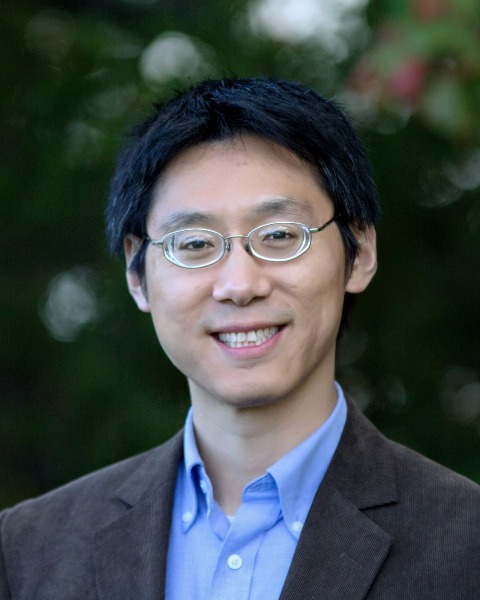Back
On-demand recording will be available 24hrs after the presentation.
Micro- and Nano Technologies
Automated solutions for In-situ sequencing
Microfluidics-Guided in situ Barcoding for Spatial Omics Tissue Profiling
Tuesday, February 8, 2022
1:30 PM – 2:00 PM
Location: 204AB

Rong Fan, PhD
Professor
Yale University, Connecticut, United States
Despite latest breakthroughs in single-cell sequencing that revealed cellular heterogeneity, differentiation, and interactions at an unprecedented level, the study of multicellular systems needs to be conducted in the native tissue context defined by spatially resolved molecular profiles in order to better understand the role of spatial heterogeneity in biological, physiological and pathological processes. In this talk, I will begin with discussing the emergence of a whole new field – spatial omics in the past years and then discussing a new technology platform called DBiT-seq – microfluidic Deterministic Barcoding in Tissue for spatial multi-omics sequencing – developed in our laboratory. It demonstrated, for the first time, co-mapping of whole transcriptome and a large panel of proteins with high spatial resolution directly on fixed tissue slides in a way fully compatible with clinical tissue specimen processing. First, I will show the application of DBiT-seq to spatial transcriptome and protein mapping of whole mouse embryo tissues that revealed all major tissue types in early organogenesis, brain microvascular networks, and a single-cell-layer of melanocytes lining an optical vesicle. Second, I will discuss spatial transcriptome mapping of FFPE tissue slides including archival human tumor specimens. Third, I will show the power of integration with single-cell RNA-seq for cell type annotation in relation to spatial location in tissue. Finally, I will discuss the latest progress of DBiT as a platform technology to enable spatial epigenome sequencing (spatial-ATAC-seq, spatial-CUT&Tag, etc) at cell level. The rise of NGS-based spatial omics is poised to fuel the next wave of scientific revolution in biological and biomedical research. Emerging opportunities and future perspectives will be discussed with regard to the impact on biomarker discovery and therapeutic development.


